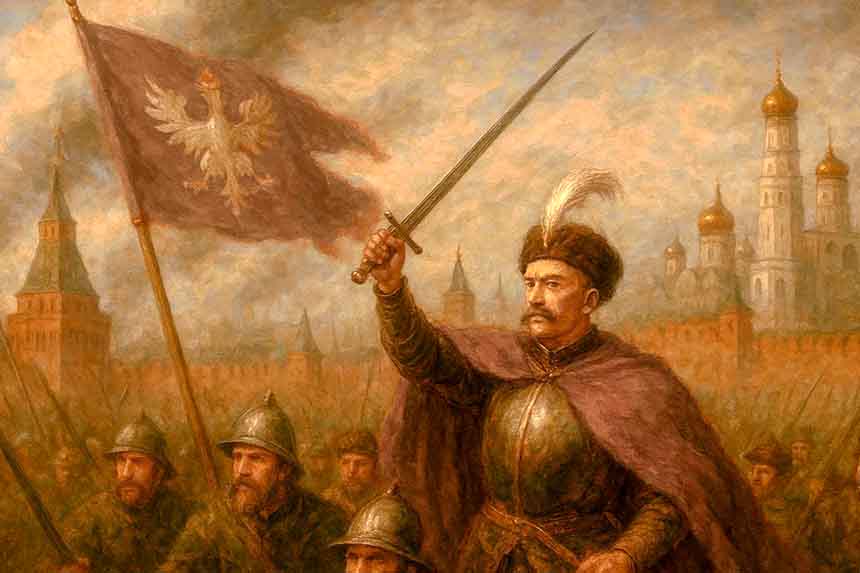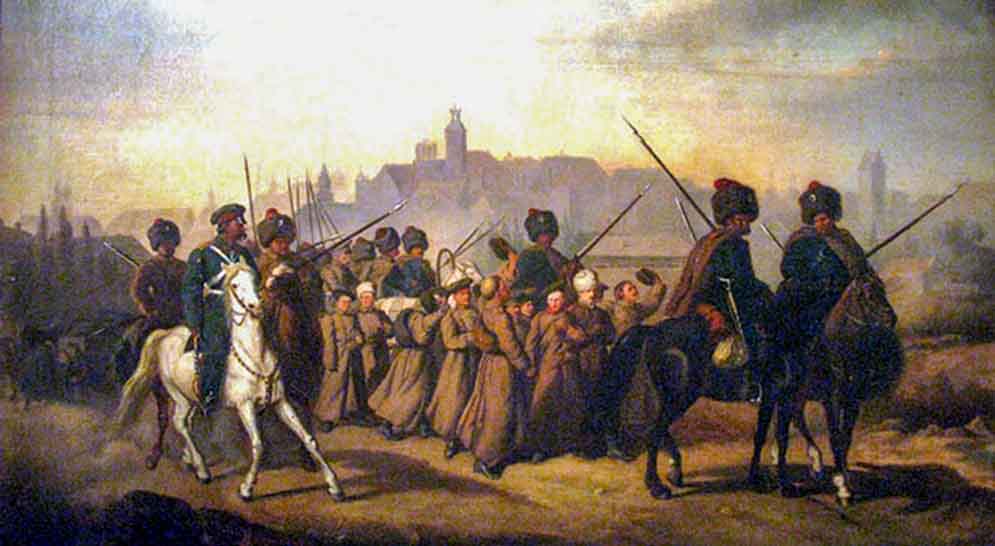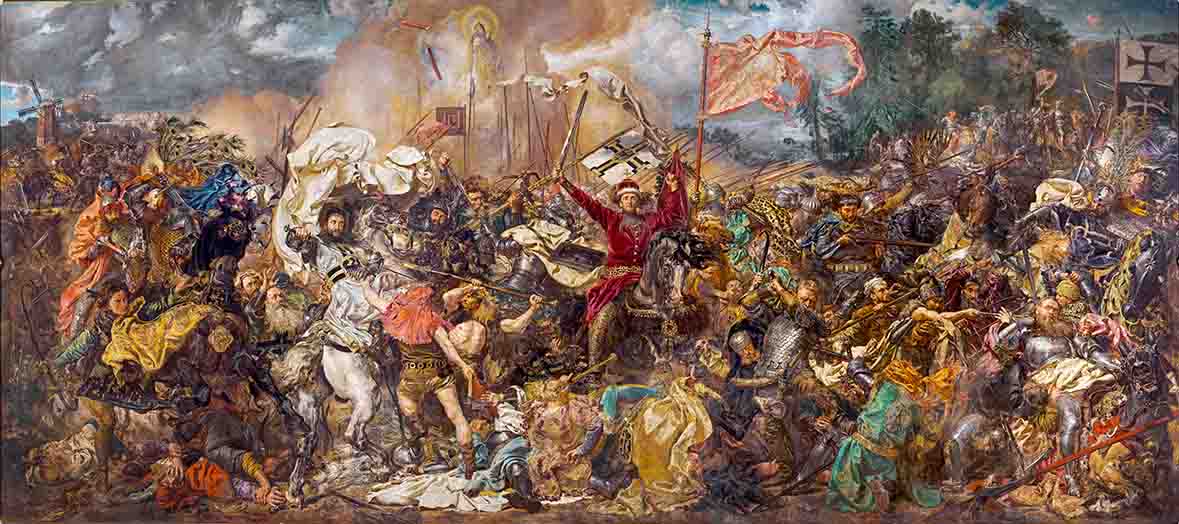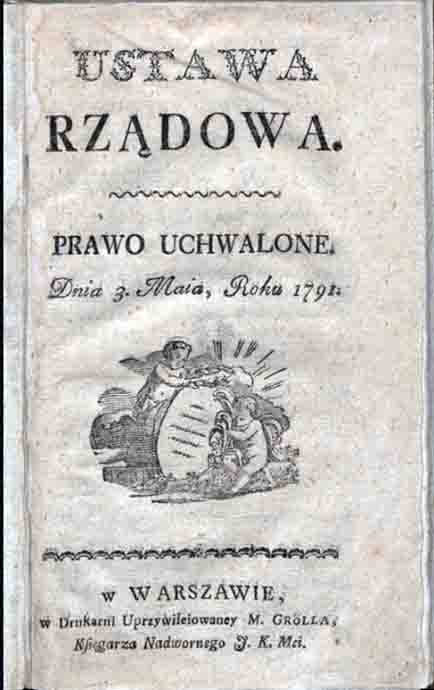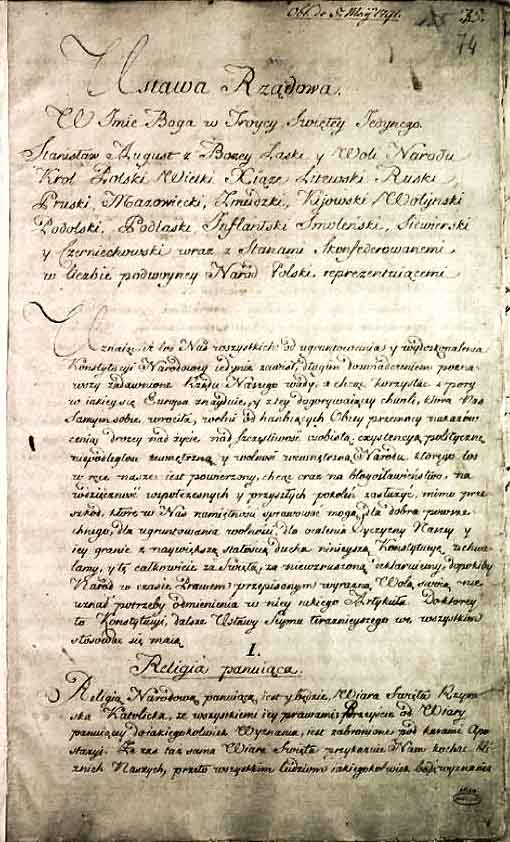On July 1, 1569, the historic act of the Union of Lublin was signed, a document sanctioning a real union between the Kingdom of Poland and the Grand Duchy of Lithuania. The actual adoption of the union took place on June 28.
On July 1, the arrangements were formalized: documents were exchanged and signatures were made. From that moment on, the history of the Polish-Lithuanian Commonwealth began. Three days later, on July 4, the decision made during the Sejm in Lublin was ratified by the Polish king Sigismund II Augustus.
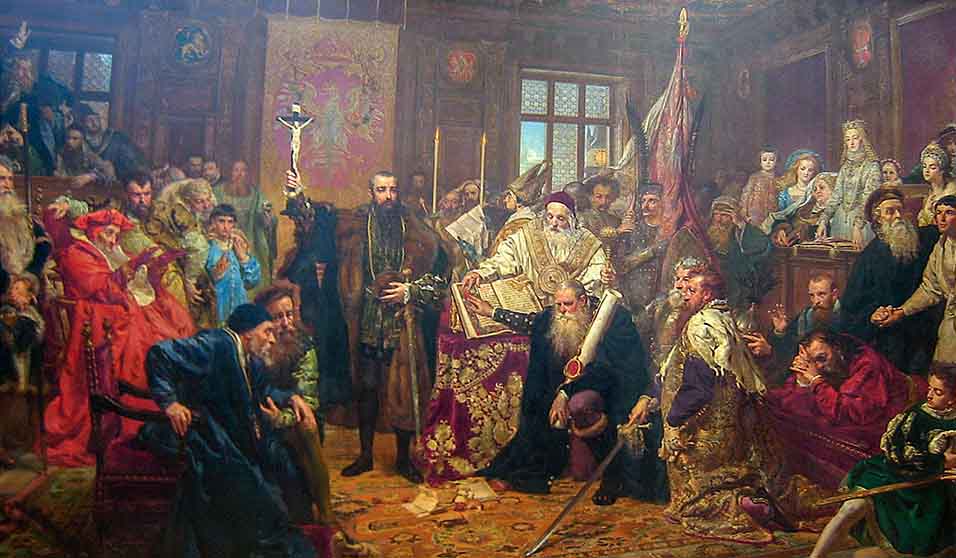
Union of Lublin, a painting by Jan Matejko (1869) from the collection of the National Museum (Source: Wikipedia)
It is worth noting that the history of common Polish-Lithuanian relations dates back to the second half of the 14th century, when the Union of Krewo was concluded, and shortly afterwards the Lithuanian prince Władysław Jagiełło took Jadwiga of Anjou as his wife – the formal ruler of Poland. Poland and Lithuania were connected by a personal union from that time on.
In the legal sense, both states were separate entities on the international stage. They were connected by the Jagiellonian dynasty. The key to their relations, as well as to strengthening their position on the international stage, was the conclusion of a real union, which was pushed for by a large part of the Polish nobility. Another reason was the risk of King Sigismund II dying without an heir.
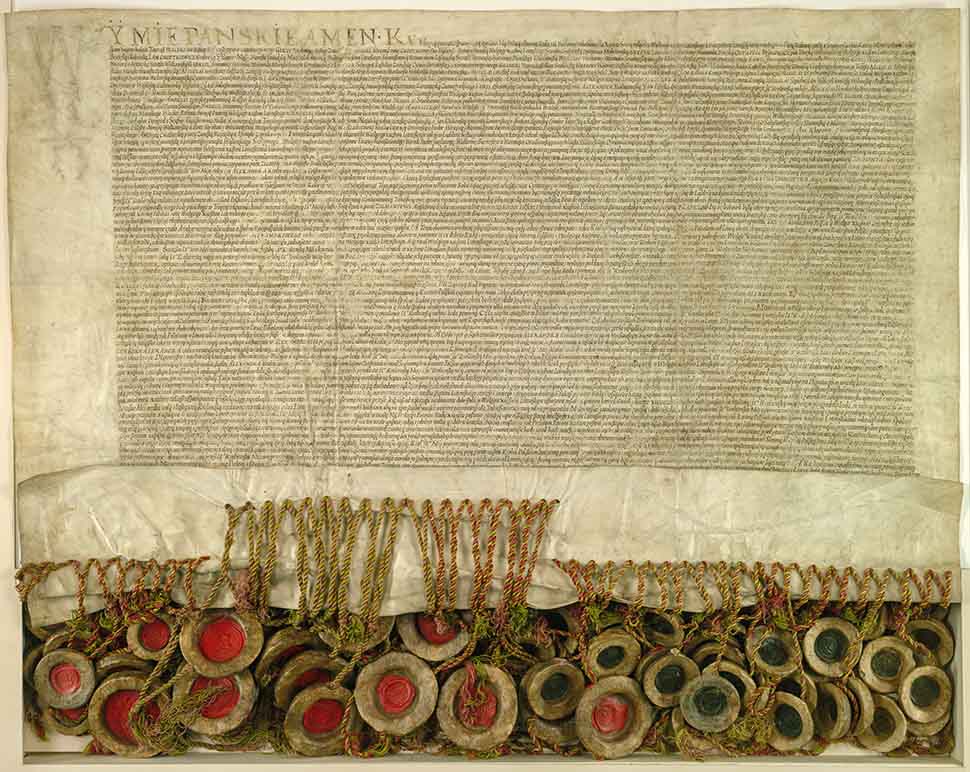
The document of the Union of Lublin (Source: Wikipedia)
An important factor that influenced the conclusion of the real union was the weakening position of the Grand Duchy of Lithuania, especially in the face of the struggle with Russia, ruled by Ivan IV the Terrible, for control over Livonia.
As a result of the efforts undertaken and negotiations lasting for several years, a Sejm was convened at the end of 1568, which was to meet in Lublin. The Sejm began its work at the beginning of the new year, and was led by Stanisław Sędziwój Czarnkowski. At the same time, the Lithuanian Sejm held its sessions.
It is worth emphasizing that many representatives of the Lithuanian magnates were against concluding a real union. Here, Sigismund II Augustus acted by the method of faits accomplis, incorporating into Poland part of the lands belonging to the Grand Duchy of Lithuania, i.e. the Volhynian, Kievan and Bracław voivodeships, as well as the entire Podlasie.
Such action and territorial limitation of Lithuania led to the final decision to conclude a real union. What did it mean in practice? A common Sejm and Senate – the Sejm consisting of 77 Polish and 50 Lithuanian deputies, and the Senate of 113 Polish and 27 Lithuanian senators – a common king for both lands, with each time the Polish king simultaneously becoming the Grand Duke of Lithuania, in addition to a common foreign and defense policy and a common currency.
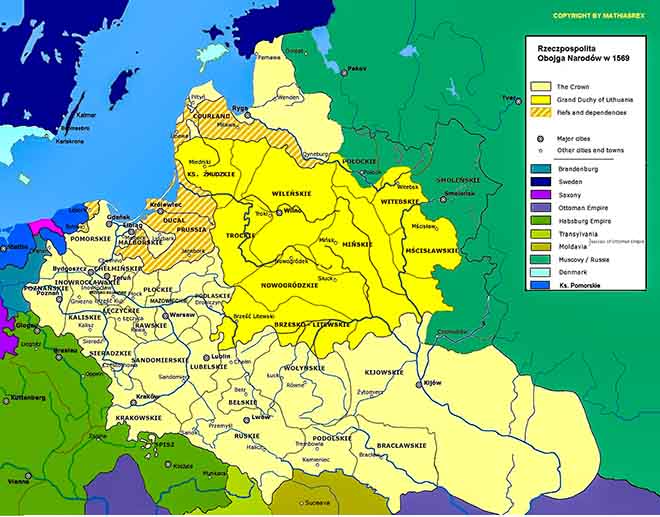
The Polish–Lithuanian Commonwealth in 1569 (Source: Wikipedia)
There were areas, however, that gave both countries independence. First of all, there were separate armies and languages for both countries. There were also separate treasuries, laws, and offices for Poland and Lithuania.
As a result of the signed union, the Polish-Lithuanian Commonwealth became the second largest state in Europe, a strong political and military player. The original act of the Union of Lublin has survived to this day and is kept in the Central Archives of Historical Records in Warsaw.









